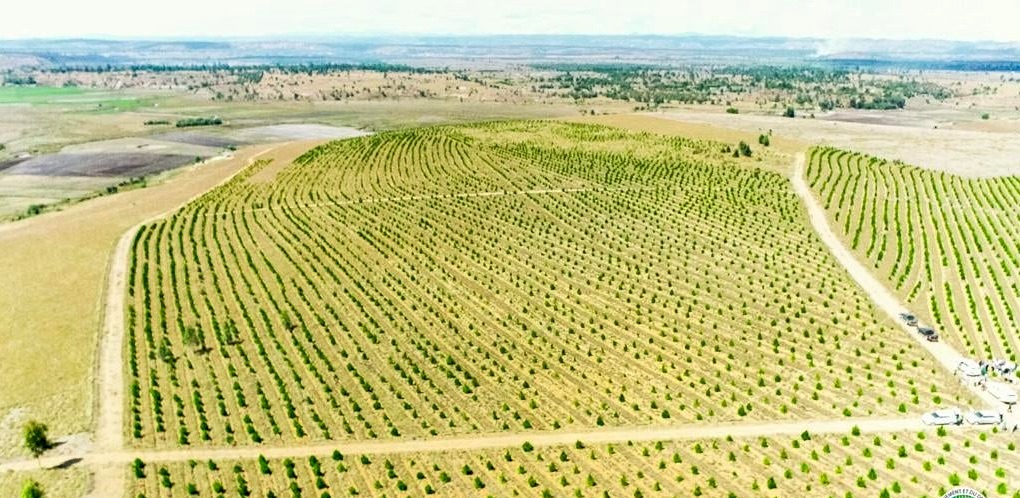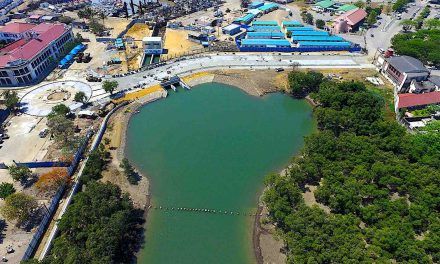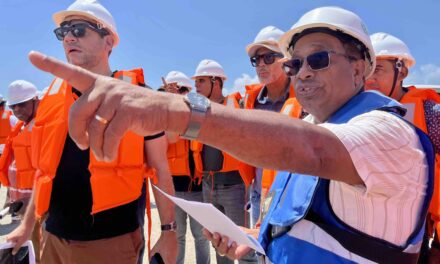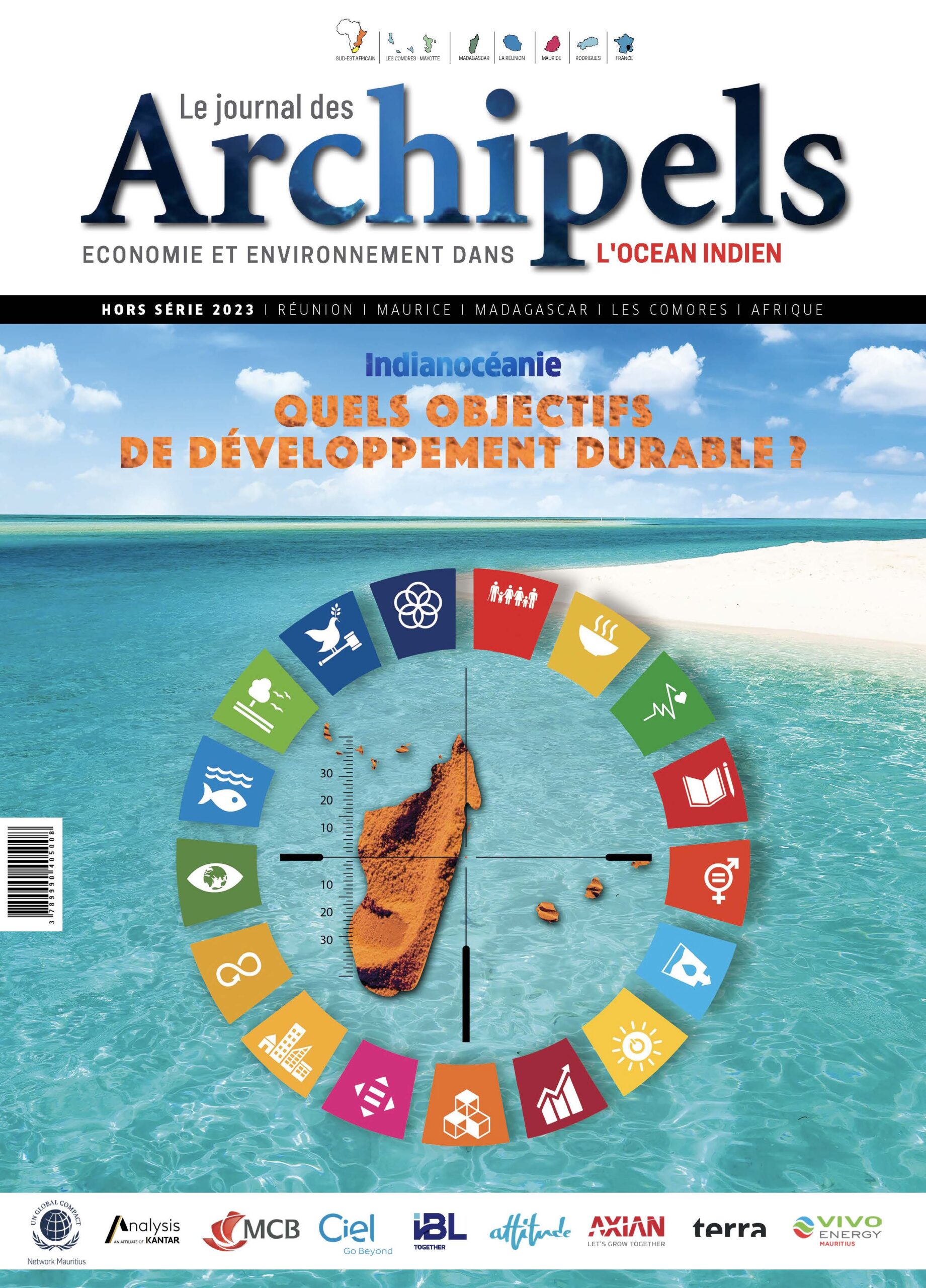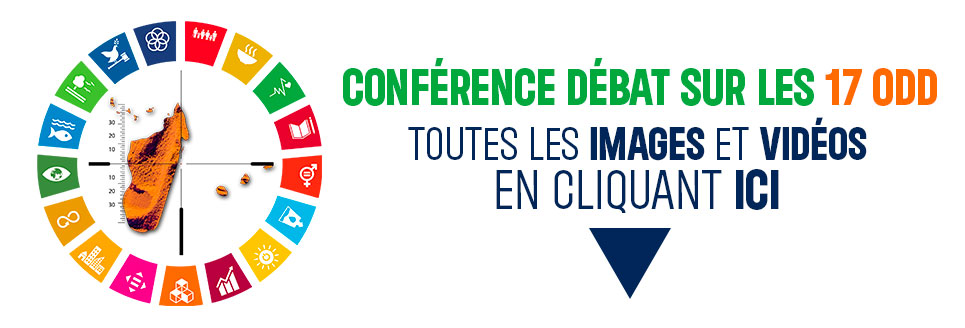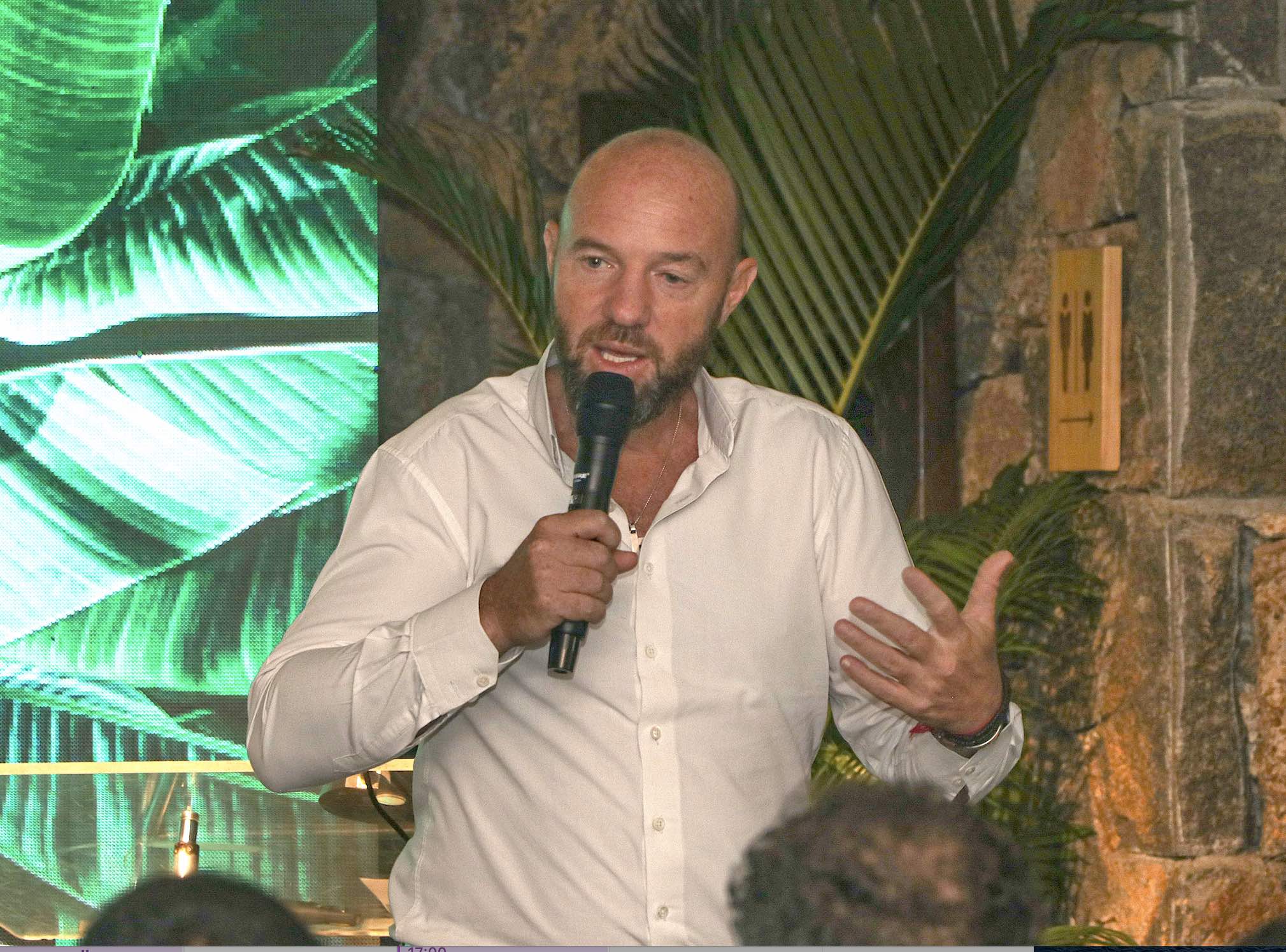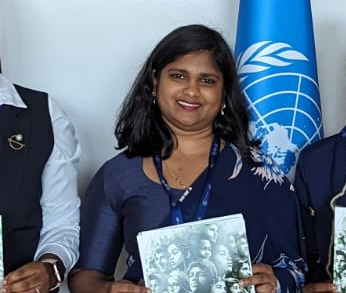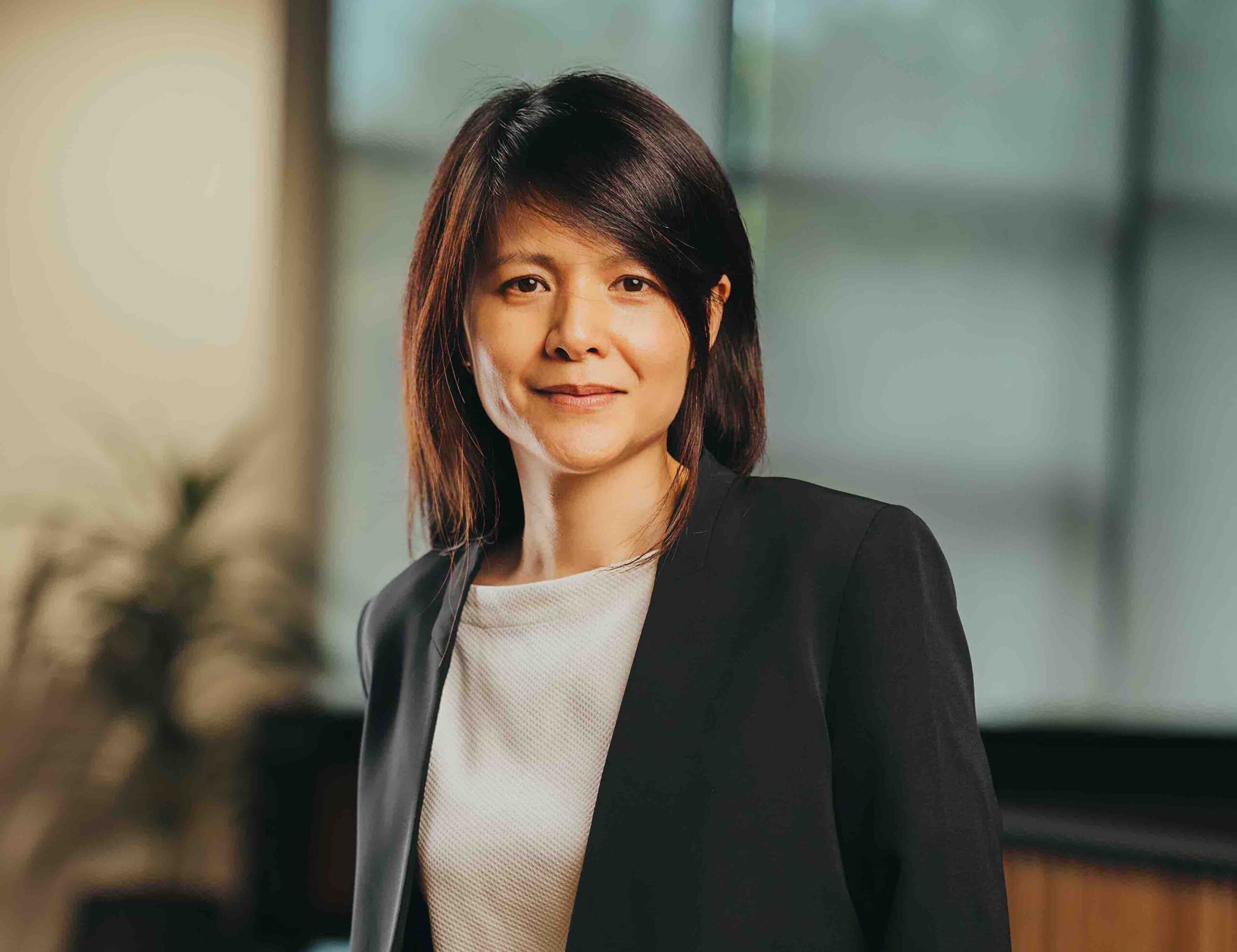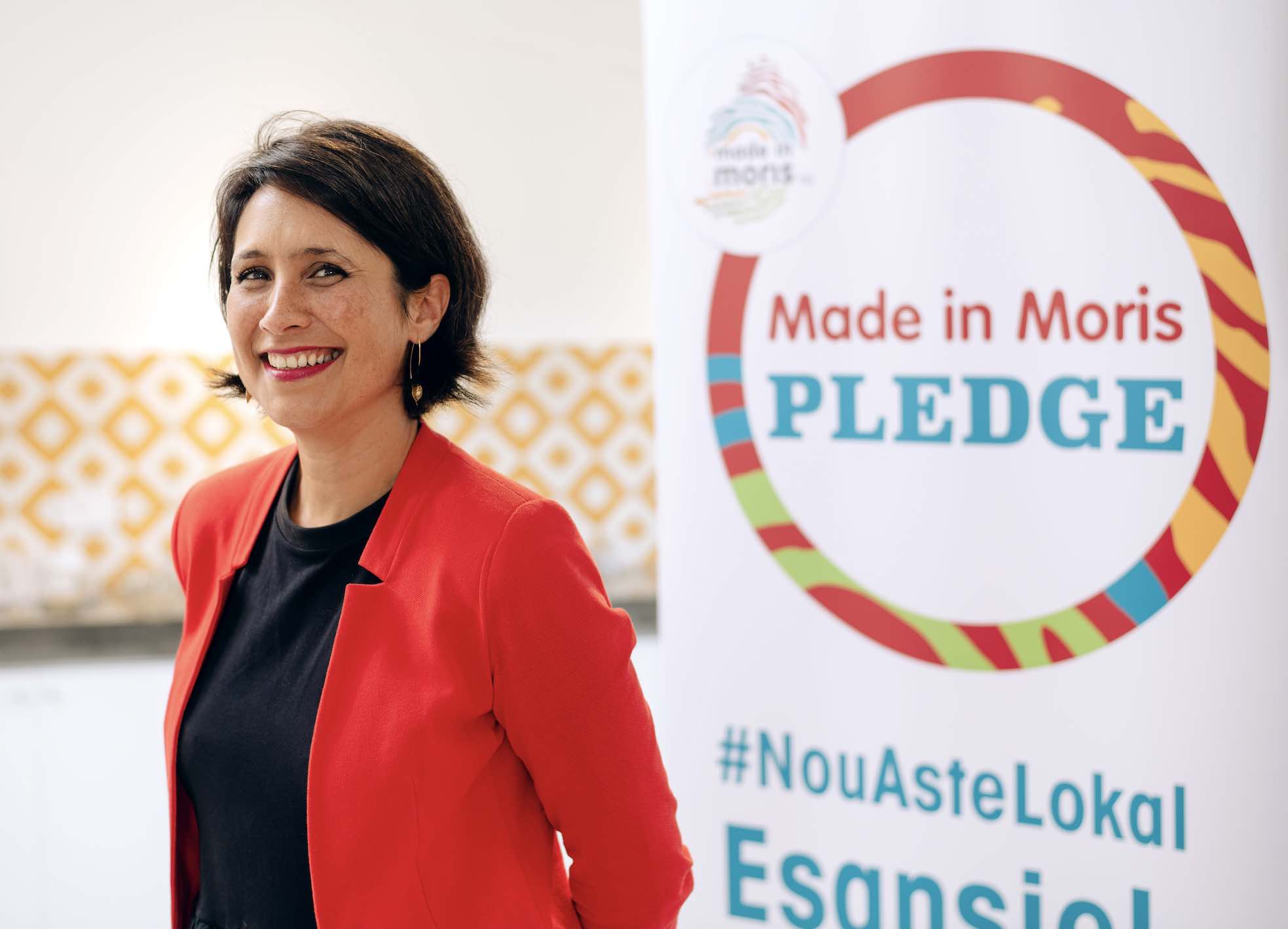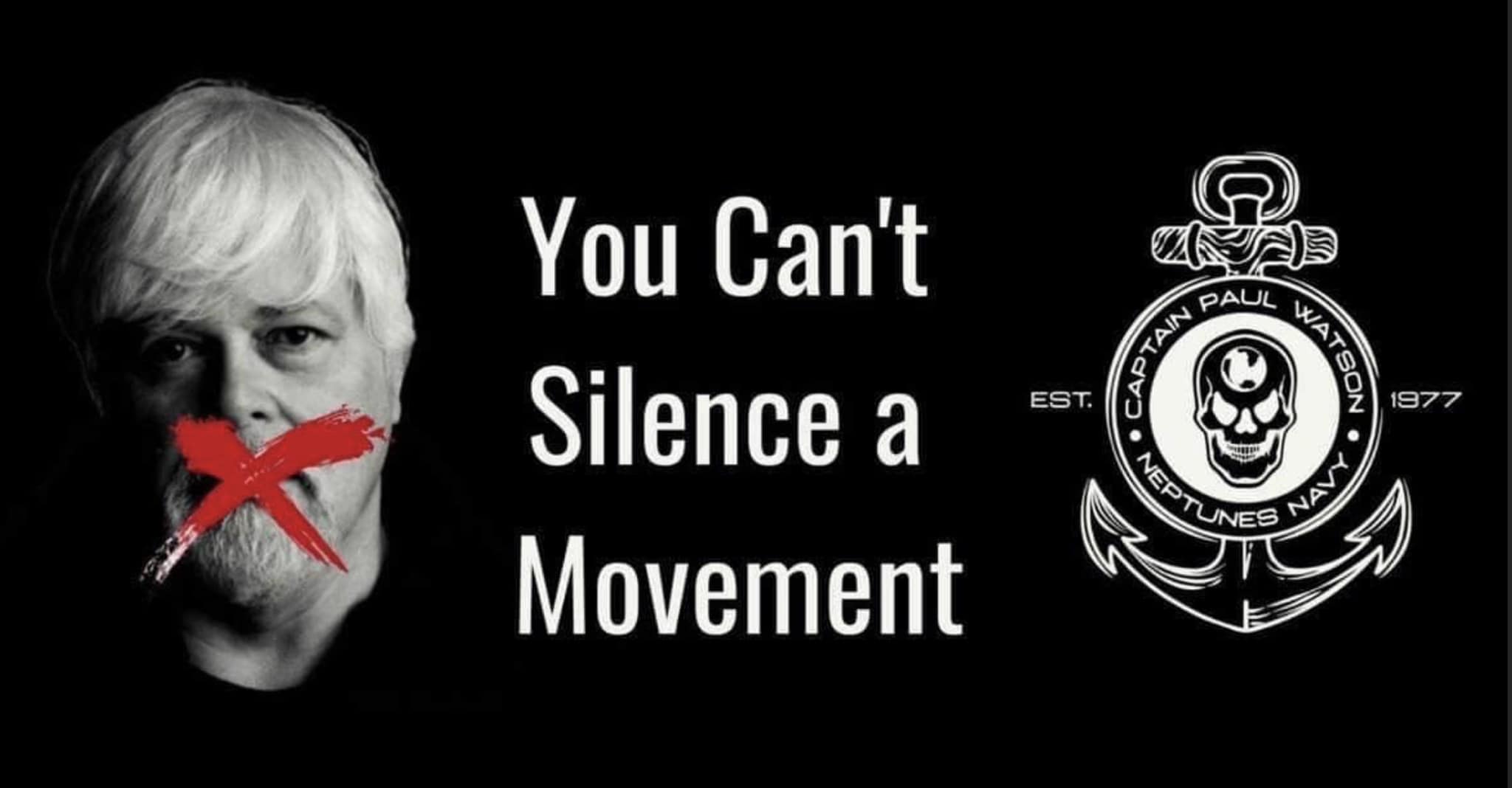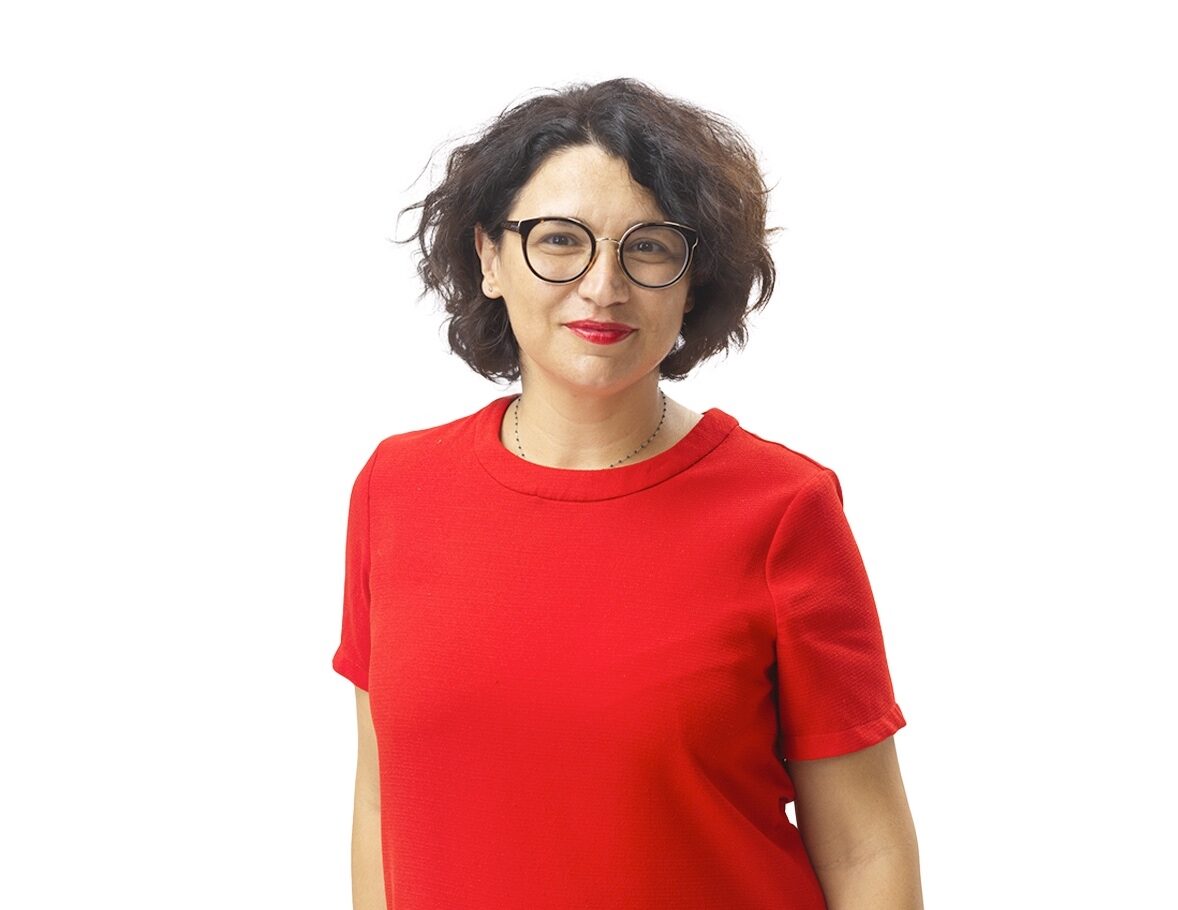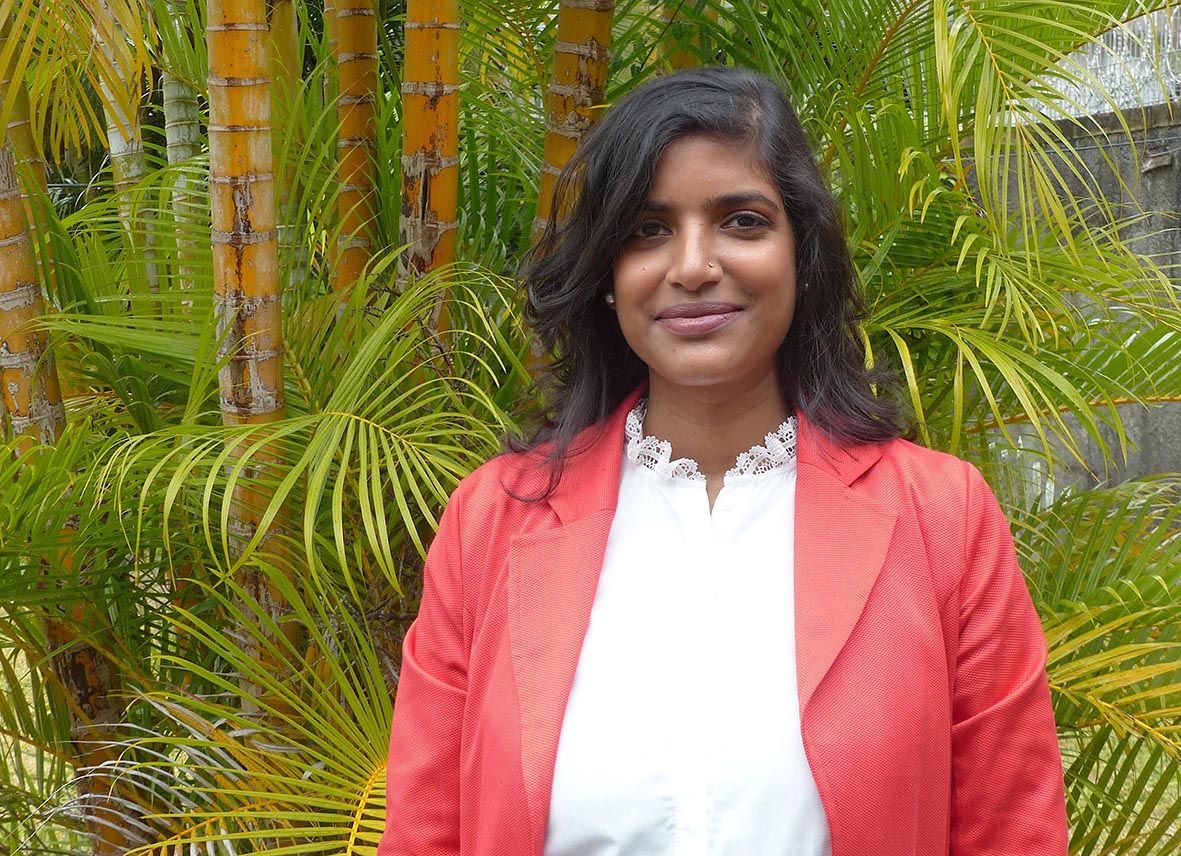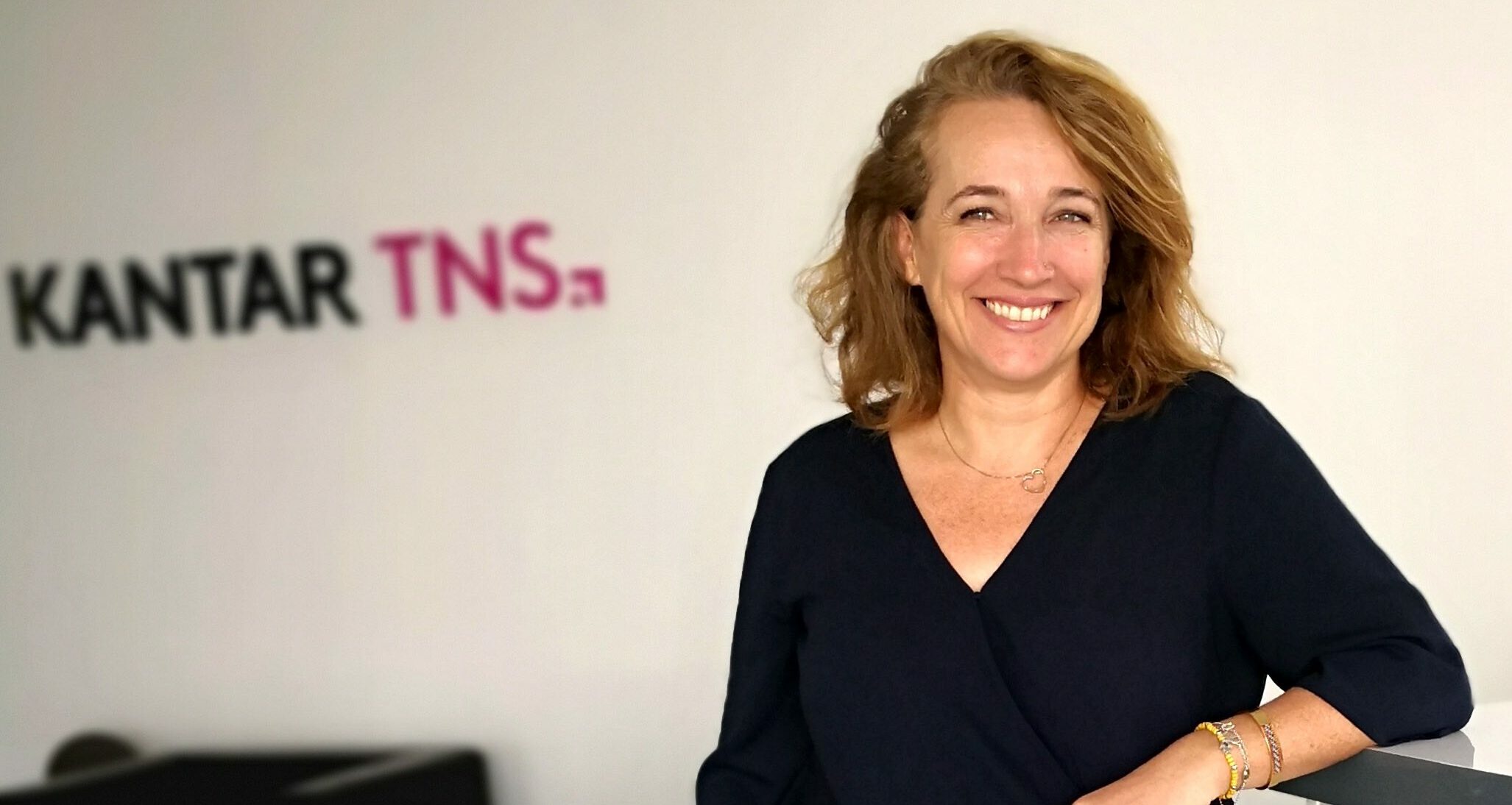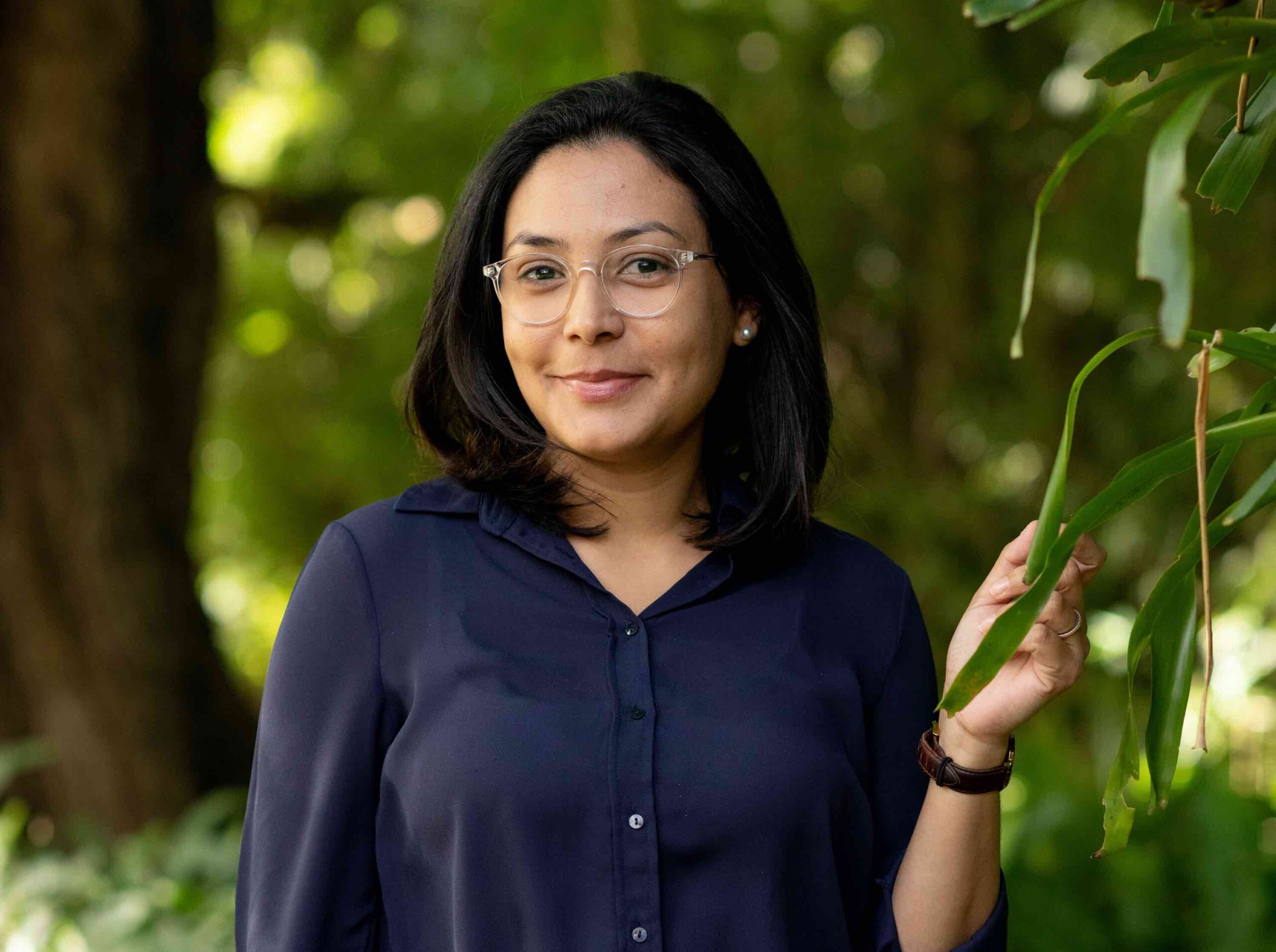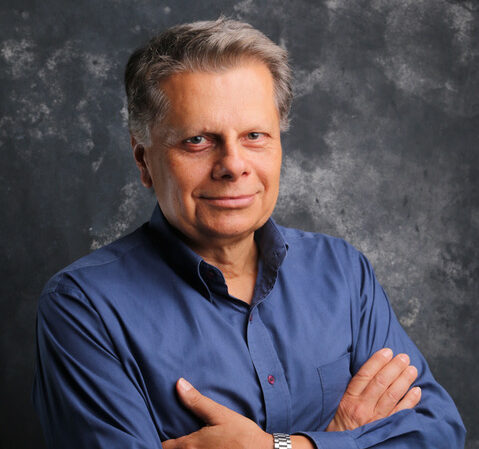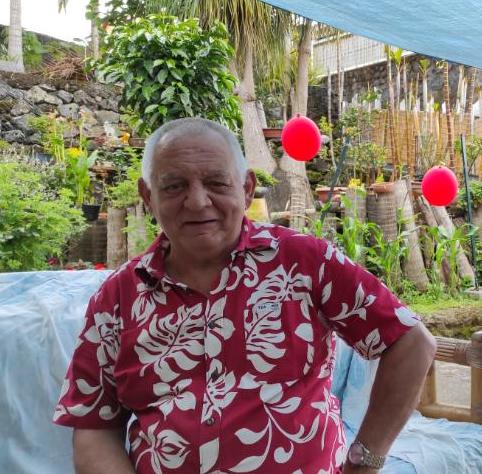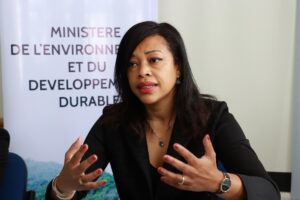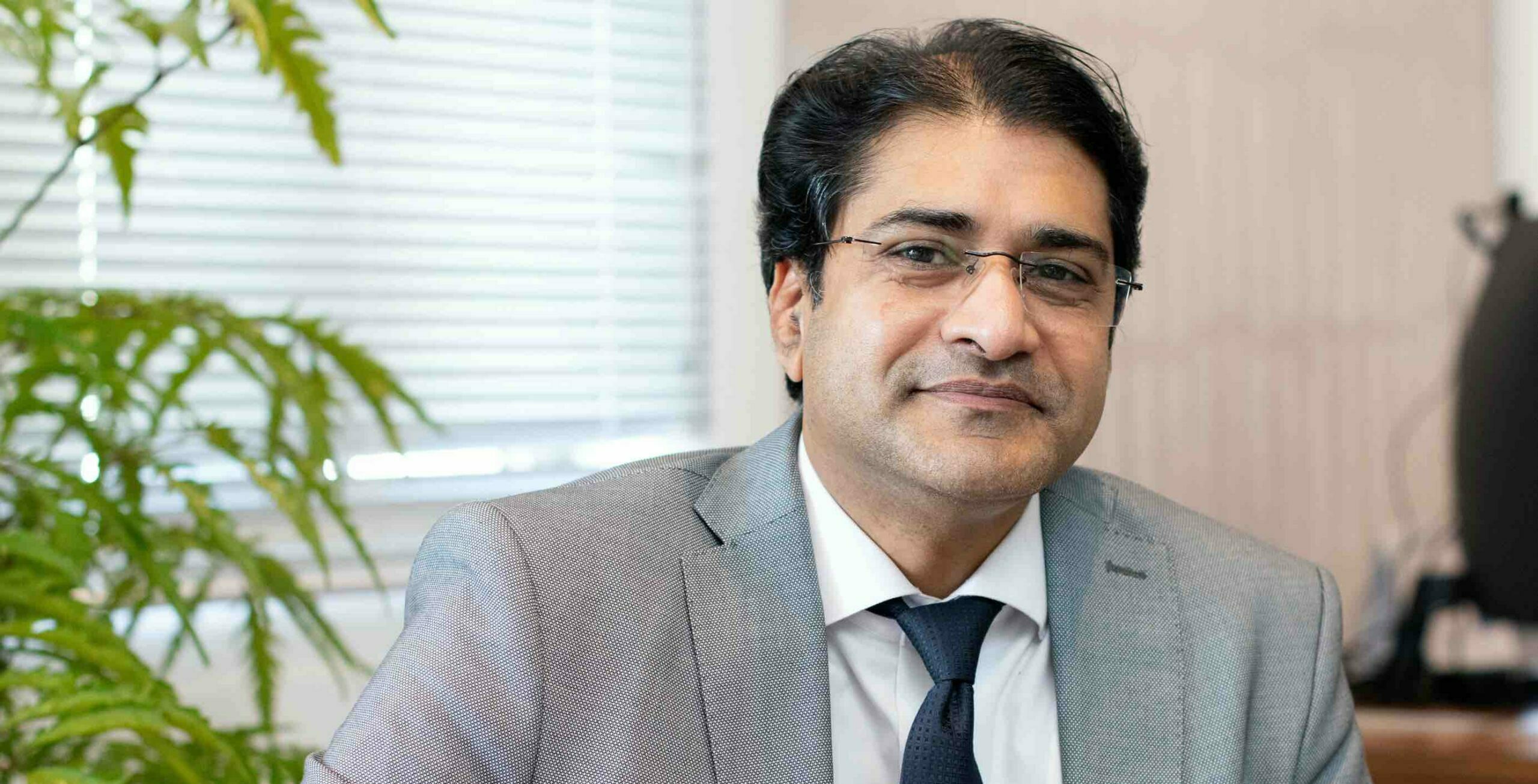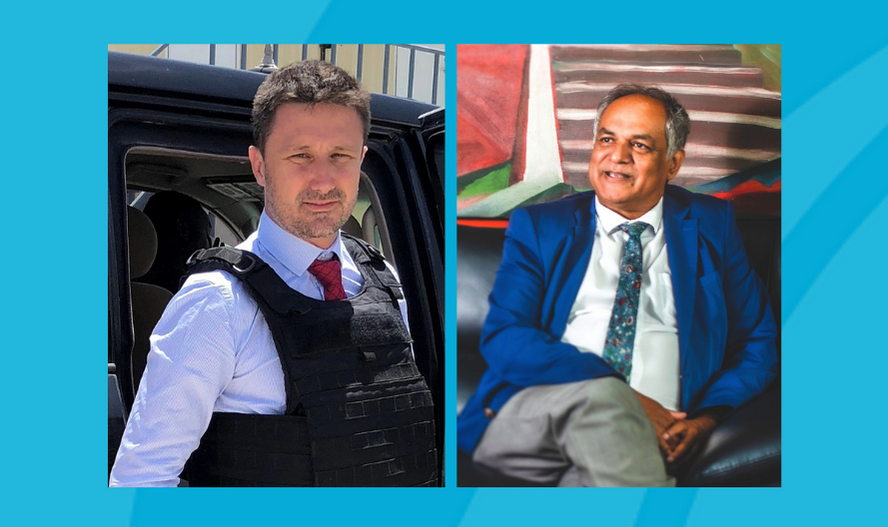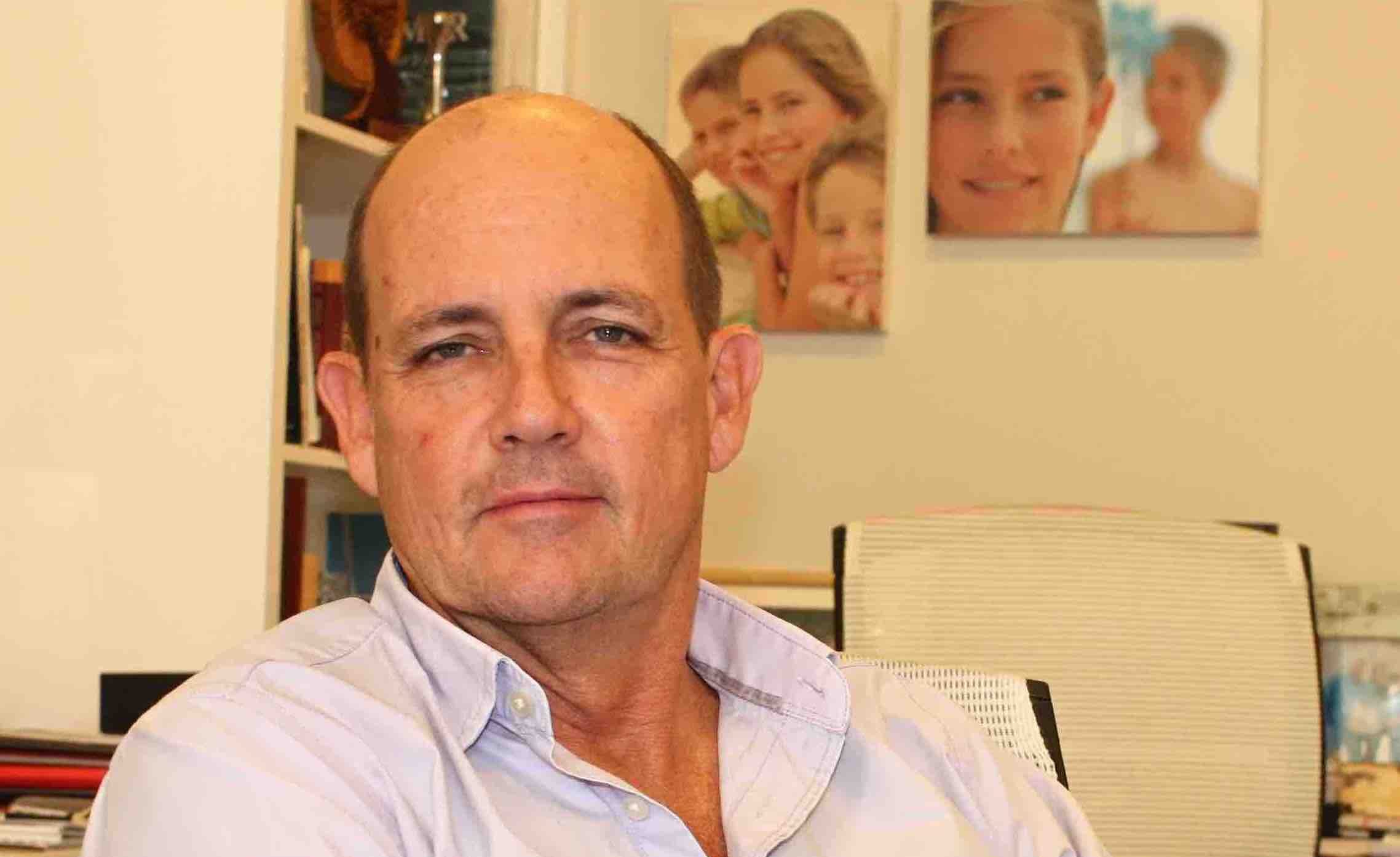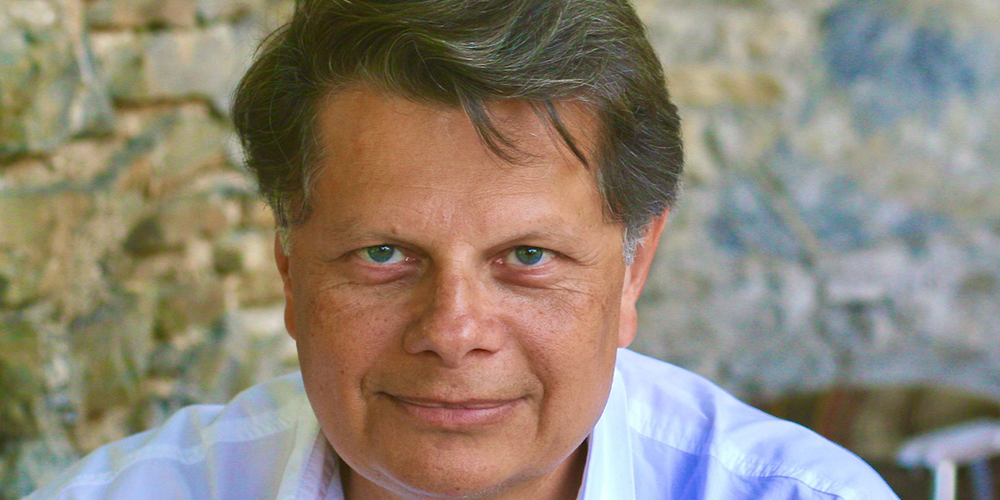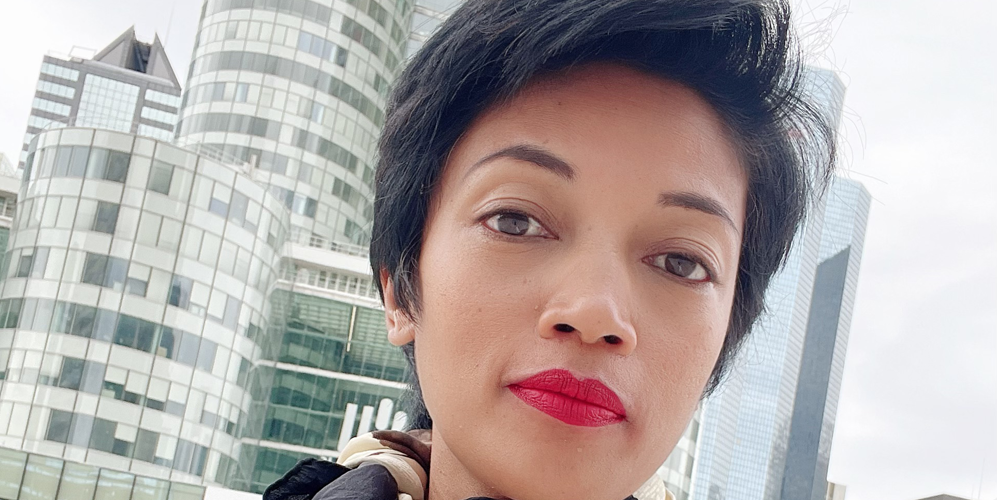Questioned about the phenomenon of kéré* in the south of the country, Baomiavotse Vahinala Raharinirina, Minister of Environment and Sustainable Development, recognizes that this is not a new phenomenon. Aggravated by global warming, it is not an end in itself and solutions exist such as the establishment of a “green belt”.
“I will start with the history of the kéré. It took place for the first time in the Grand Sud in 1932. So it is a phenomenon that is a hundred years old, but the territory of the Deep South, including the Androy and part of Anosy, are among those territories hit hard by climatic injustice.
In terms of approach to deal with Kéré, it should be noted that the Malagasy State has completely changed its paradigm. We no longer want to talk about a humanitarian approach but about a resilience approach. How to help the territories to be more resilient in the face of climate change, how to accompany the population so that it can adapt to the new situation and how to provide solutions in situ. The actions carried out aim to ensure that populations are no longer forced to move, to migrate to other regions.
By organizing the symposium “EMP South”, public officials came to identify the needs and develop the types of projects to be developed, whether on the issue of water supply that on agricultural issues and livestock, and also on the ecological restoration because the South has become very dry and needs to be greened. It is in this framework that our great green project of the Androy, also called the green belt, is inscribed. It is a question of reconstituting the ecosystems which are missing in this region to find its ecological vitality and especially to be able to accompany its development in the years and decades to come. The stake is enormous and it is the first time that the Malagasy State will face the problem at the base”.
Read the full ITV from the Minister on our edition of the magazine currently distributed throughout the region.
*Kéré is the word used to describe the famine resulting from recurrent periods of drought in the extreme south of the country.
By our correspondents in Madagascar: Tsirisoa Rakotondravoavy & Liva Rakotondrasata
(Interviewed in September, before the organization of the COP 26.)
Photo: MEDD


